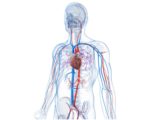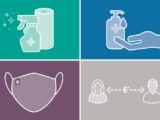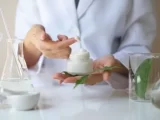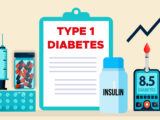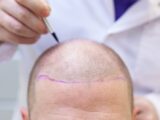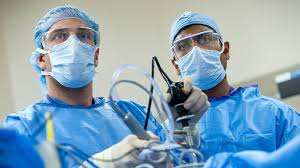
Why Health Care Professionals are Always at Risk of Contacting Diseases
November 12, 2019As far as workplace safety is concerned, one of the industries that are paid closed attention to by the government is the healthcare industry. Specifically, hospitals have been known as one of the most dangerous venues for workers. Many types of workplace accidents can occur in the hospital setting, from simple slip and fall accidents to life-threatening ones like exposure to contaminated chemicals and elements. Indeed, hospital safety remains to be a concern in the labor industry that needs careful consideration.
Hospital and vein treatment clinic workers are highly likely to incur on-the-job injuries or illnesses than those who work in either the manufacturing or construction industry. When this happens, their employers, the hospitals’ management, would carry the burden of the workers’ medical costs and lost wages by providing them compensation.
Truly, workers skipping workdays because of work-related injuries or illnesses can have repercussions, especially for hospitals. It could hurt them even more should these workers quit their jobs, not to mention a drastic decrease in terms of efficiency and morale within the workplace due to the physical and emotional toll the remaining workers have to endure.
Hospital hazards that workers face
Basically, hospital and vein treatment clinic professionals and workers face various hazards in the workplace that can be considered serious. Apart from slips, trips, and falls, lifting and moving patients is a risky undertaking, wherein both workers and patients may potentially sustain fractures, falls, and bruises. They have the duty to “do no harm” towards patients, going as far as sacrificing their own safety and health in order to provide the best care and comfort possible. However, the hectic schedule and erratic hospital setting often induce fatigue and stress, which are said to be tied to the high likelihood of wrong administration of medication to patients resulting in the worsening of their health conditions.
Working around sharps in hospitals and the risks involved
Another hospital hazard that workers face is with the use of tools and devices that can easily cut or puncture skin, known as sharps. Examples of such include injection needles and syringes, surgical tools such as scalpels, and even broken glass. Workers and patients are at risk of coming in contact with such objects, especially if they are already contaminated. They become exposed to other persons’ blood, which contain pathogens that have potential to be deadly.
According to the Centers for Disease Control and Prevention (CDC), 4 out of 5 injuries in hospitals involve the use of certain sharps such as hypodermic needles, butterfly-typed needles, suture needles, blood collection needles, scalpels, and intravenous stylets. Contaminated ones may increase the worker or patient’s risk of sustaining such diseases as Hepatitis B, Hepatitis C, and even HIV.
To reduce the risk of injuries involving sharps, it is important for hospitals to strongly implement safety programs like sharps disposal that generally commit to ensuring that such injuries among workers are prevented. It is also their responsibility to ensure that injuries reported by their workers are investigated and treated accordingly. Hospitals must also ensure that the sharp devices and tools they obtain for future use are those that have safety devices that can’t be removed by hand, can be engaged with one hand, and does not expose the worker’s hand behind the sharp. Examples of such include needle-free IV systems, blood transfer adapters, and disposal containers, among others.
For the part of the workers, it is important that they are responsible enough when they handle sharps and follow sharps disposal protocols. Planning beforehand on how to safely handle needles during patient care and disposing them after would do a whole lot in preventing contact to potential pathogens. Other sharps such as scalpels and other devices assumed to be contaminated must be promptly disposed of.

